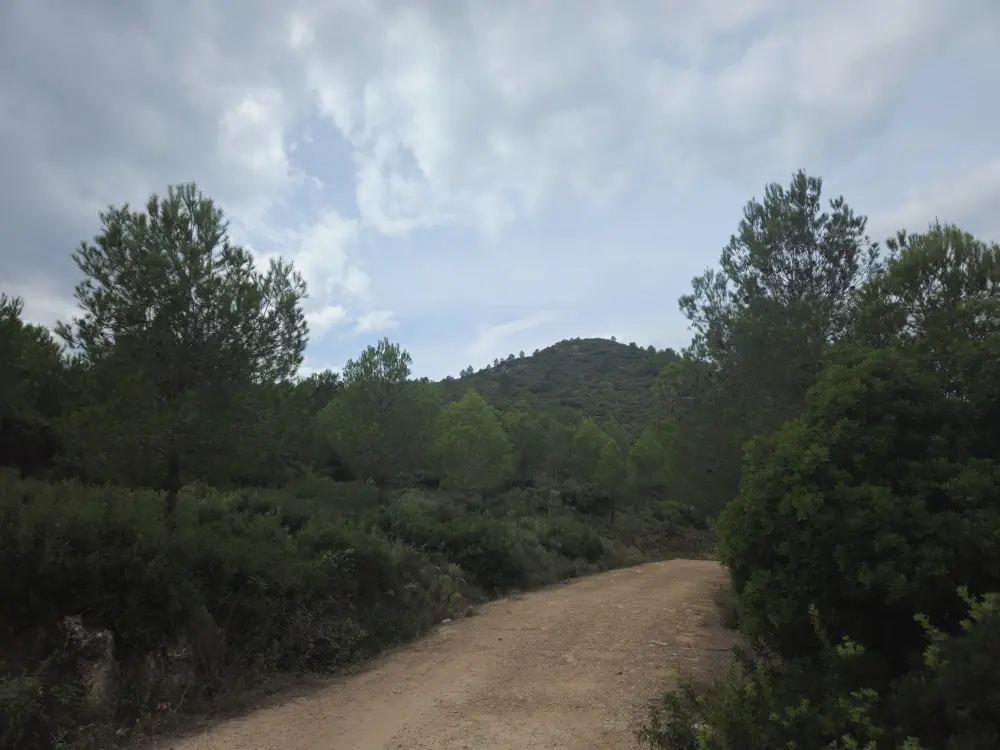From Valencia to Murcia: A Drive Through the Spanish Countryside
My journey wound through a tapestry of towns and landscapes, a drive from Valencia to Murcia that offered glimpses into the diverse facets of Eastern Spain. Starting in Valencia, a bustling metropolis where old and new coexist, I hit the road with no intention of making long stops along the way.
Cullera, nestled between the cerulean Mediterranean Sea and the rugged hills, hinted at stories of seafaring exploits. Atop a hill, the age-old Castle of Cullera surveyed the calm waters, a silent guardian steeped in history.
Tavernes de la Valldigna, with its evocative name, hinted at its medieval past. The Monastery of Santa Maria de la Valldigna stood as a stoic testament to an era long gone.
Castelló de Rugat, Beniarrés, and Muro de Alcoy whispered the stories of generations, their narrow streets lined with time-worn facades. These towns, perhaps not on the tourist radar, showcased the simple beauty of rural Spain.
Alcoy, on the other hand, was a vibrant gem, its Modernist architecture a testament to a more recent past. The city’s festive spirit often spills onto its streets during lively celebrations.
Ventorrillo and Bonavista blended into the landscape, quaint communities tucked into the folds of the terrain. The road unfurled, revealing valleys, hills, and endless vistas that painted a picturesque journey.
Nestled in the southeastern corner of Spain, Murcia exudes an intriguing blend of history and culture. Its rich architectural heritage, vibrant festivals, and delectable cuisine make it a city of significance. Visitors are drawn to its ornate cathedral, spirited Semana Santa processions, and the chance to savor unique Murcian dishes.
Each town, each stretch of road, added its unique stroke to the canvas of my journey. The landscape transformed from coastal beauty to rugged terrain, from historic towns to quiet villages. And while I didn’t pause for long, the drive itself, winding through the Spanish countryside, was an exploration of the region’s rich diversity, a voyage through the lesser-known corners of Eastern Spain.
I decided not to prolong my stay in Murcia, as it fulfilled its role as a quick respite and a connecting point to my forthcoming destination. It remained an understated episode in this road journey, one that didn’t capture my personal preference but retained its distinctive allure for travelers in search of Spain’s less-traveled paths.
Drone Mishaps: Lessons from the Alt de Pinaro
As I made my first rest stop at the foothills of the Alt de Pinaro mountain, I found myself captivated by the breathtaking surroundings. The winding roads that had brought me here were a testament to the thrill of adventure, but I couldn’t resist the urge to capture this picturesque moment from a different perspective – the sky.
With my drone in tow, I carefully prepared for takeoff and set the drone’s home point, a wise move for a safe return, and launched it.
Everything was going smoothly as the drone gracefully ascended. I marveled at the majestic landscape unfolding before me through the live feed. Then, an idea struck: what if I ventured behind the mountain? The prospect of capturing unseen vistas was too tempting to resist.
As the drone sailed behind the mountain, I marveled at the exquisite shots it was capturing. However, in my exhilaration, I overlooked a critical detail – the radio waves connecting my remote to the drone. Radio waves, unlike my enthusiasm, do not bend around mountains. So, as I reveled in the view, I was blindsided by a gut-wrenching alert: the connection to the drone had failed.
Panic set in, but only for a moment. I realized that the drone was now positioned behind the imposing mountain, blocking any signal attempts from my location. My heart raced, fueled by frustration at my oversight. Still, I hadn’t lost all hope.
With sheer determination, I began my ascent up the hill, which, in that moment, felt like my personal Mount Doom. The remote was raised above my head, an attempt to gain that extra bit of height for a signal. My one saving grace was the “emergency return” function, a feature I had remembered to activate on the remote. The logic was simple: a basic command like this stood a better chance of reaching the drone, even when a full video connection was not possible.
I climbed for what felt like an eternity, the minutes ticking by, until, suddenly, out of the blue, I heard the sweetest sound – a faint beep. A few seconds later, the drone appeared, emerging over the hill, like a prodigal explorer returning home. My heart soared as I safely cradled the drone in my hand, its battery indicator showing only three precious minutes of power remaining.
The most frustrating part of this entire thing? The drone possessed an emergency function that would have returned it to its home point upon connection loss. However, someone, a mystery I have yet to solve, had overridden this setting to make it hover in place instead.
In the end, what could have been a minor hiccup in my journey turned into an unexpected full-body workout, a testament to the unpredictability of life. It was a reminder that even the most thrilling moments can be tinged with challenges, and that sometimes, the only way forward is to climb your personal Mount Doom, remote in hand.
